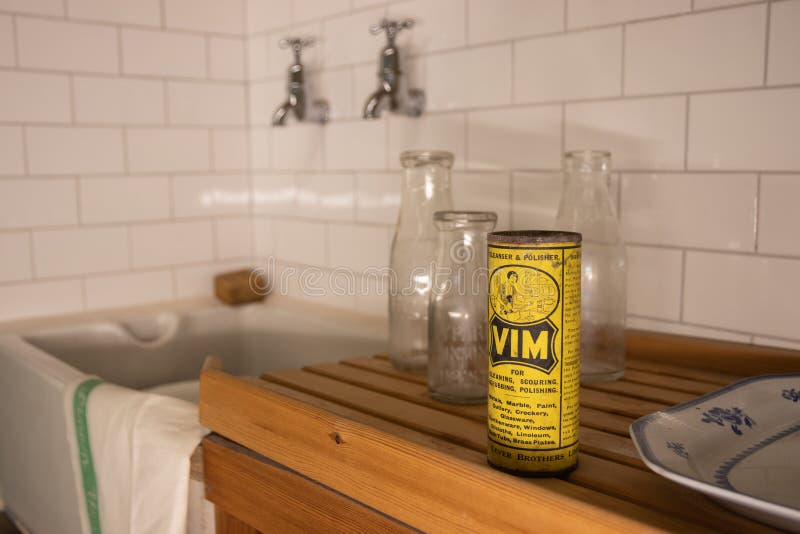
- #VINTAGE SCENE TILES CLEANING AND COOKING HOW TO#
- #VINTAGE SCENE TILES CLEANING AND COOKING PATCH#
- #VINTAGE SCENE TILES CLEANING AND COOKING PROFESSIONAL#
Wipe away surplus glue with a damp sponge and place a weight on top. Next, apply neat PVA to the floor bed and back of the tile and firmly press back into place. Prime both with one part PVA diluted with five parts water. Re-affix the loose tile using glueĭampen the floor bed and back of the tile. Remove some of the old bedding evenly and apply tile adhesive to back of tile. In order to provide a good base for the adhesive, remove at least 6mm of the old bedding. If the bedding has crumbled you will need to re-bed the tile in adhesive. With a damp cloth, thoroughly clean the bed and back of tile. Use a bristle brush or vacuum cleaner to remove dirt and grit beneath the loose tile.
#VINTAGE SCENE TILES CLEANING AND COOKING PATCH#
Tip: If a large patch is in need of repair, mark each tile and use a photo or drawing to ensure each is returned to its proper place. So start by running a hacksaw blade or paint scraper around the tile to loosen it further, and gently ease it out. In many cases older floor tiles will have been laid by being butted up hard against each other and it can be difficult to prise them out without risking damage to the edges.
#VINTAGE SCENE TILES CLEANING AND COOKING HOW TO#
And consult our advice on how to choose ceramic and porcelain floor tiles. If you need advice on choosing floor tiles, or are looking to source replacement geometric and encaustic tiles in authentic period patterns, try specialists such as Original Features (opens in new tab) or London Mosaic (opens in new tab). If there isn’t rot, subsidence or another problem in your sub-floor, you can restore old hallway floor tiles yourself by carefully removing the loose or damaged tiles (see below) and replacing them with intact originals, salvaged buys or new tiles cut to match.


#VINTAGE SCENE TILES CLEANING AND COOKING PROFESSIONAL#
When it comes to laying an entire tiled floor, it's important to remember that a concrete floor beneath may need screeding to level it, while a wooden floor will probably require lining with marine ply to strengthen it.Įqually, if you're working with unglazed tiles – which can be porous and need to be handled with care to avoid staining – it is a skilled job, is definitely worth considering a professional tile fitter. Get inspiration, ideas and advice straight to your door every month with a subscription (opens in new tab). Period Living is the UK's best-selling period homes magazine.


 0 kommentar(er)
0 kommentar(er)
